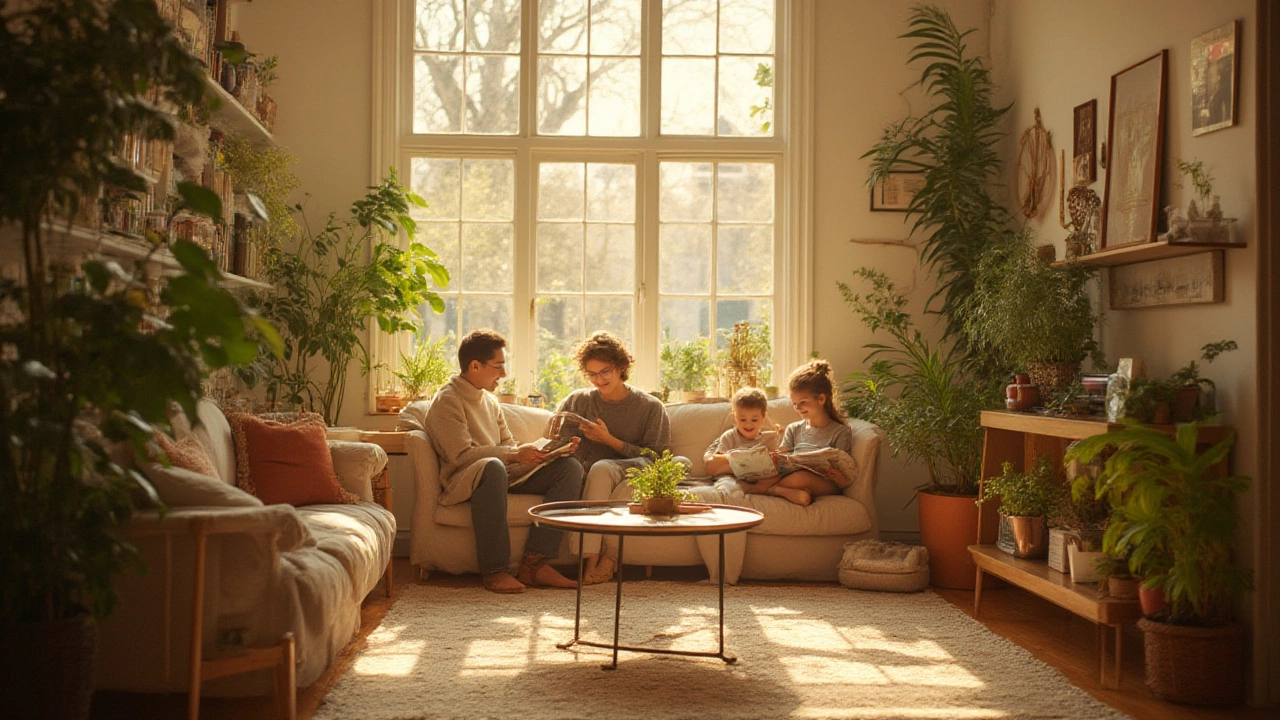Understanding Color Temperature for Better Flooring and Lighting Choices
When you walk into a room, the first thing you notice is how the light feels. That feeling comes from color temperature – the warm or cool quality of light measured in Kelvin (K). A warm light (around 2700‑3000K) feels cozy, while a cool light (4000‑5000K) feels crisp and modern. Knowing this helps you pick flooring and lighting that match the mood you want.
Warm vs. Cool Color Temperature: What’s the Difference?
Warm light gives a yellow‑orange glow, similar to a sunset. It makes wooden floors look richer and softens dark tiles. Cool light, on the other hand, adds a bluish tint that can make bright floors look cleaner and make small spaces feel larger. If you love the look of a traditional living room, stick with warm bulbs. For a sleek kitchen or home office, cool bulbs highlight the sleekness of stone or concrete flooring.
Choosing Flooring That Works With Your Light
Start with the dominant light source in the room. In a space with mainly warm lighting, go for warm‑toned wood, honey‑oak, or walnut. These shades absorb the amber glow and create a harmonious feel. If the room is lit by cool daylight or LED fixtures, lighter woods like maple or ash and cool‑tone tiles such as slate or porcelain work best.
Another tip: test a flooring sample under both your natural daylight and the fixtures you plan to use. Lay the sample on the floor for a day and see how the color shifts. If the sample looks too dark under warm light, choose a lighter finish, and vice versa.
Don’t forget texture. Rough textures reflect light differently than smooth finishes. A matte floor will absorb more light, deepening colors, while a polished surface will bounce light around, making the room feel brighter.
When you combine flooring with the right color temperature, you also influence how furniture and decor appear. A cool‑toned rug on a warm floor can add visual interest without clashing. Likewise, warm‑tone cushions on a cool floor bring balance.
Finally, think about energy efficiency. LED bulbs come in both warm and cool options and use less electricity than traditional bulbs. Choose LEDs that match your flooring goal, and you’ll save money while keeping the look you love.
In short, color temperature isn’t just a lighting term – it’s a design tool. Match your floor’s tone to your light’s Kelvin rating, test samples, consider texture, and you’ll create rooms that feel just right, whether you want cozy or contemporary.
Lighting That Mimics Natural Light: Best Options for Home and Workspaces
- Gavin Whitaker
- |
- |
- 0
Wondering which lighting looks and feels most like real sunlight? Discover the best options for mimicking natural light indoors and find tips to brighten any space.
View more